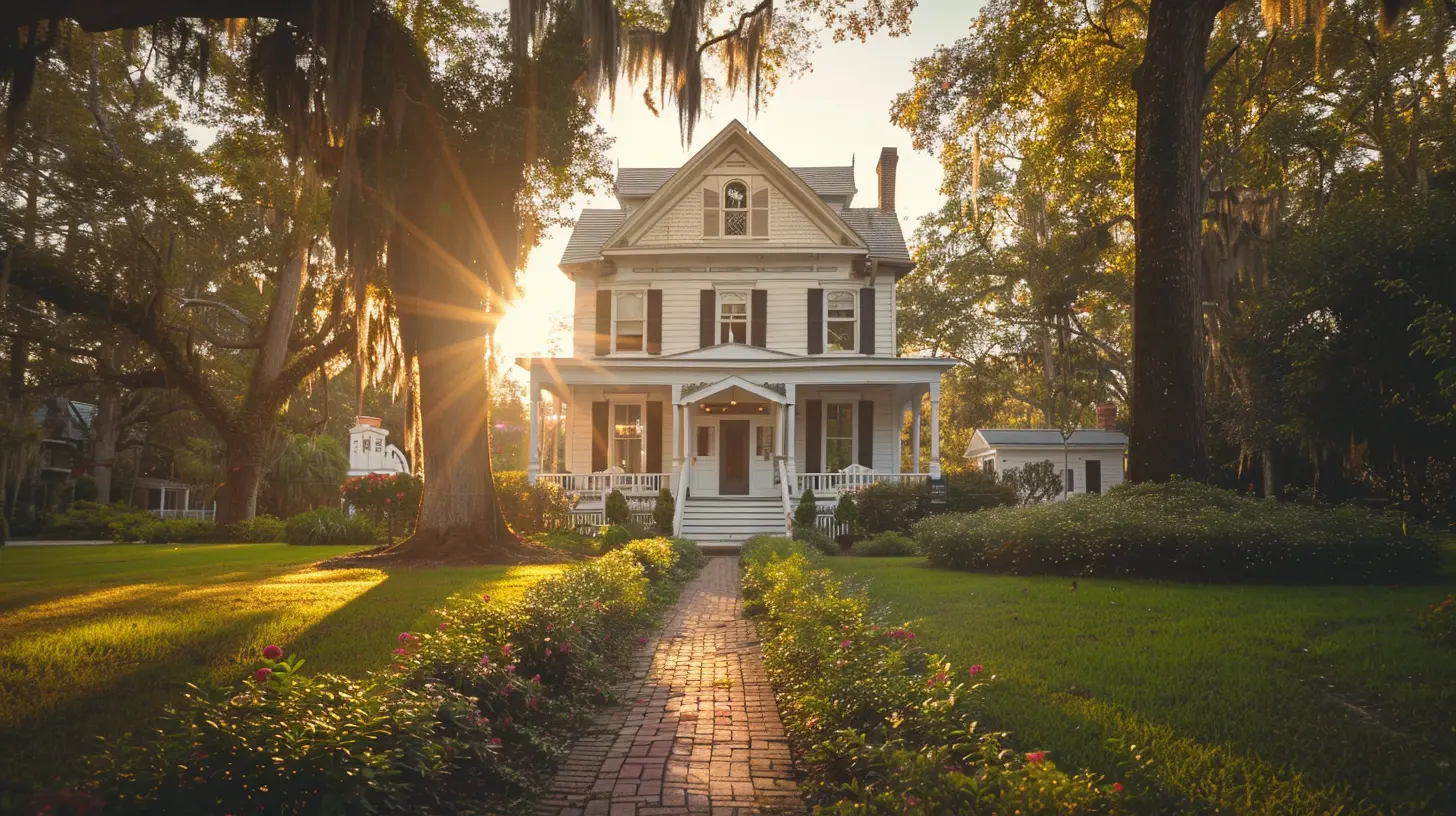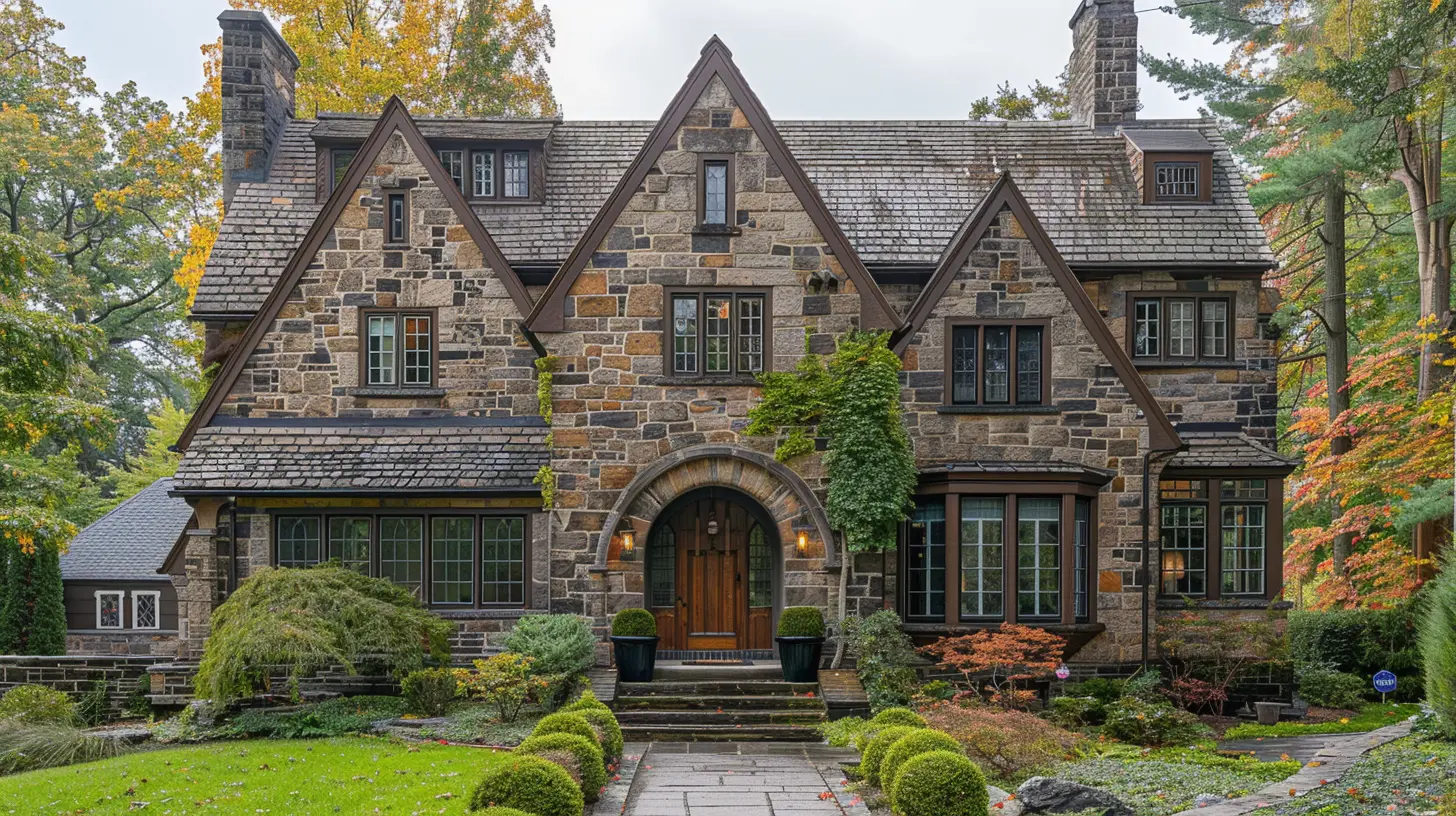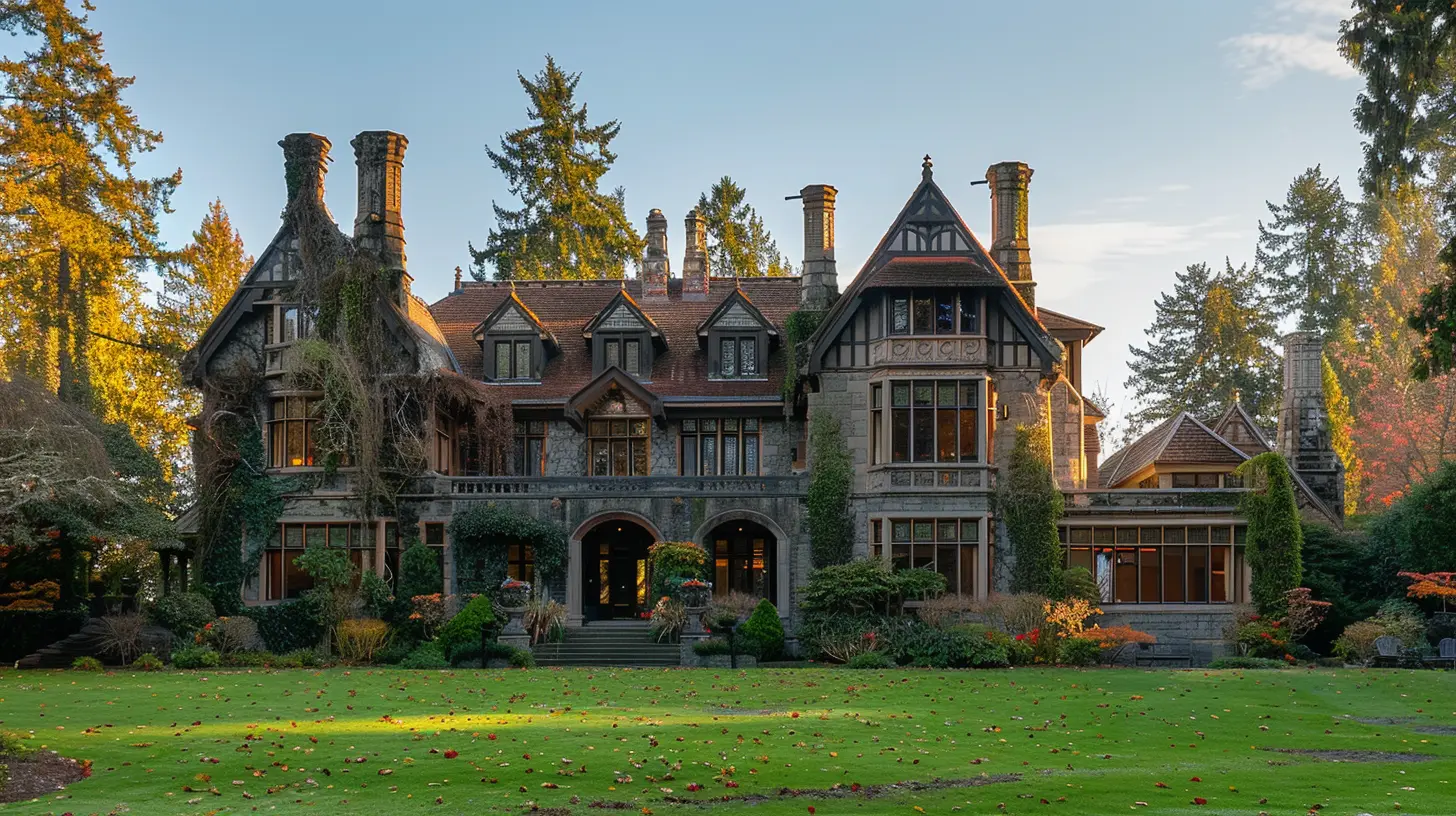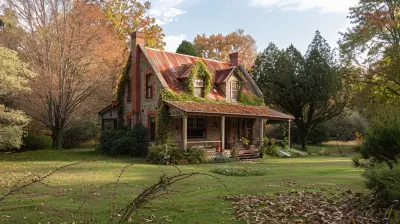Understanding the Tax Benefits of Owning a Historic Home
19 November 2025
Owning a historic home isn't just about indulging in timeless architecture and charming aesthetics—it can also come with some pretty enticing tax benefits. If you're a homeowner or considering purchasing a historic property, you're probably wondering: "What exactly are the tax perks, and how can I take full advantage of them?" You're in the right place.
Historic homes can unlock several financial incentives, from hefty tax credits to generous deductions. But like any good deal, there are a few hoops to jump through. Let’s break everything down so you can see how your home’s rich past might just put a little extra cash in your pocket. 
What Qualifies as a Historic Home?
Before we can talk about tax benefits, we need to clarify what officially makes a home "historic." A home isn’t deemed historic just because it’s old—there are specific requirements. Generally, a home is considered historic if it is:- Listed on the National Register of Historic Places
- Located in a designated historic district
- Recognized as contributing to the historical significance of an area
Each state and local government may have additional guidelines, so it’s essential to check with your local historic preservation office. 
The Biggest Tax Perks of Owning a Historic Home
So, what are the actual tax benefits of owning a historic home? Let's dig into the key financial incentives available.1. Federal Historic Rehabilitation Tax Credit (HTC)
One of the biggest perks of owning a historic home is the potential for a federal tax credit of up to 20% for rehabilitation costs. The Historic Tax Credit (HTC) applies to income-producing properties (such as rental properties or businesses), but even if you live in the home yourself, you may still qualify for state-level incentives.To take advantage of this credit, your renovations must meet the Secretary of the Interior’s Standards for Rehabilitation, which means you can’t just modernize everything—you need to preserve the historic character of the home.
How Much You Can Save
Let’s say you spent $100,000 on eligible renovations. With the 20% federal tax credit, you’d get $20,000 deducted directly from your tax bill. That’s not just a deduction—it’s an actual credit reducing how much you owe in taxes.2. State and Local Tax Incentives
Many states offer their own historic preservation tax credits, sometimes in addition to the federal one. Some states provide up to 25% in state tax credits, which can stack with the federal 20% credit—leading to huge savings.Additionally, some local governments offer property tax freezes or reductions to encourage homeowners to maintain historic properties. These can result in thousands of dollars in savings each year.
Example of Stacked Credits
If your state offers a 25% tax credit, and you combine it with the federal 20%, a $100,000 renovation could mean $45,000 in tax credits—nearly cutting your costs in half!3. Easement Deductions for Historic Preservation
An often-overlooked tax benefit is the historic preservation easement deduction. This involves legally restricting certain alterations to ensure the home’s historic character is maintained.By donating a historic preservation easement to a qualified organization, you might be eligible for a charitable tax deduction, which can be as much as 10-15% of the home’s value.
How It Works
- You agree to preserve your home’s historic facade or certain architectural features.- In return, the IRS allows a significant tax deduction, reducing your taxable income.
While this means certain limitations on future modifications, it can be a massive financial advantage for homeowners who plan to keep the property long-term.
4. Property Tax Reduction or Freeze
Some local governments offer property tax freezes or reductions for historic homeowners. This is especially common in areas where policymakers want to encourage the preservation of historic buildings.How does it work? Many of these programs lock in your property tax rate at the time of purchase or renovation, preventing increases even as home values rise. Over time, this can save homeowners tens of thousands of dollars in property taxes.
Real-Life Example
Imagine you buy a historic home valued at $300,000. If a tax freeze program keeps your annual property taxes at $4,000 instead of increasing to $6,000 in a few years, over a 20-year period, you could save $40,000 or more.5. Grants and Financial Assistance for Preservation
While not a direct tax benefit, there are grants and financial assistance programs available to offset restoration costs.- State historic preservation grants offer funding for structural repairs, roof replacements, and exterior restorations.
- Nonprofit organizations sometimes provide financial aid for homeowners who commit to preserving historical integrity.
By taking advantage of these programs, you can reduce your out-of-pocket restoration expenses, making it easier to maintain your home’s charm while gaining financial rewards. 
How to Qualify for These Benefits
1. Verify Historic Status
Check if your home is officially classified as historic by looking it up in the National Register of Historic Places or contacting your local preservation office.2. Follow Renovation Guidelines
Tax incentives usually require that renovations align with historic preservation standards. This means maintaining architectural details and avoiding drastic modern alterations.3. Keep Detailed Records
The IRS and local tax authorities often require documentation of all renovation expenses. Make sure to save:- Contractor invoices
- Material receipts
- Before-and-after photos
- Historic preservation approval documents
4. Work with a Specialist
Historic tax credits and deductions can be complex, so consulting with a tax professional or historic preservation expert can make the process smoother and maximize your savings.
Potential Challenges to Consider
While the tax benefits of historic homes are impressive, there are a few challenges to keep in mind:- Renovation Restrictions – Historic homes often come with rules limiting structural changes, which can increase renovation costs.
- Approval Process – Applying for tax credits and incentives can be bureaucratic, requiring patience and thorough documentation.
- Higher Maintenance Costs – Older homes often require specialized materials and skilled labor, which can be pricier than modern home repairs.
Despite these challenges, many homeowners find that the financial perks and charm of a historic property far outweigh the downsides.
Final Thoughts: Is Owning a Historic Home Worth It?
If you love the idea of living in a piece of history and don’t mind following preservation guidelines, owning a historic home can be an amazing financial opportunity. From hefty tax credits to property tax reductions, these incentives can make maintaining a historic home much more affordable.With the right approach—and a little patience for paperwork—you can enjoy the character and charm of the past while securing some serious tax savings for your future. So, if you're on the fence about buying a historic home, the potential financial benefits might just tip the scales in your favor!
all images in this post were generated using AI tools
Category:
Historic HomesAuthor:

Kingston Estes

